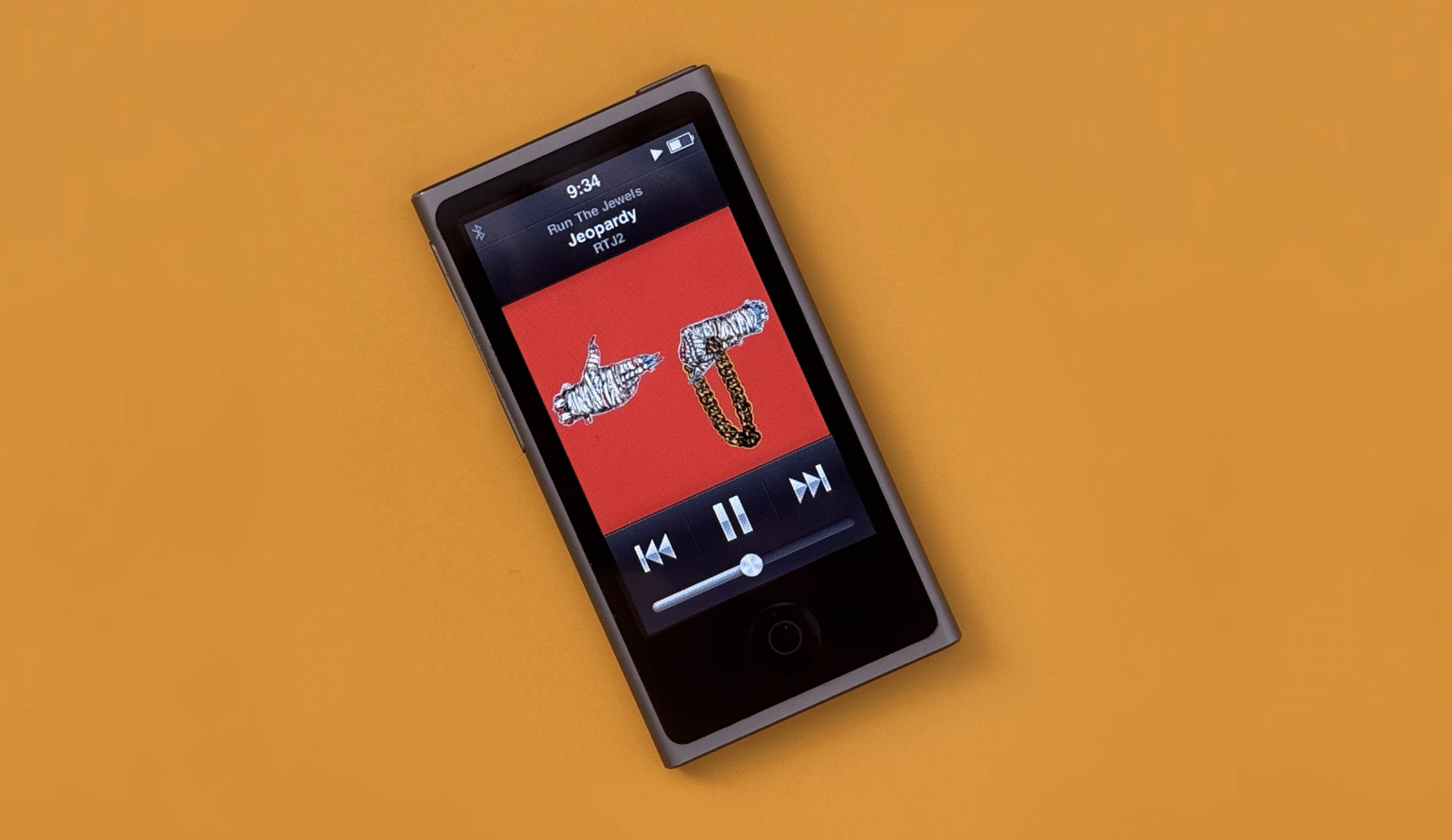Going Direct In Communications
People who tell you to go direct and ignore the media often have one thing in common: a large existing audience that makes their job much simpler.

If you spend too much time on Twitter (like I do), you might have heard about the idea of Going Direct. It started with a growing chasm between the tech and media industries and eventually turned into the idea that founders and companies should build their own audience instead of going to the media. This is what “Going Direct” is.
What’s the motivation here? They say that news websites aren’t your friends, so you should focus on content marketing through blogs, social media and friendly podcasts. This way, you grow your own audience you can leverage it for your goals.
There’s a lot of truth to this idea, and you can follow Lulu Cheng Meservey, who previously led PR for Substack and Activision/Blizzard and is one of the most active speakers on the topic (it’s a good follow, she’s great).
Nobody will broadcast your vision better than you because nobody will care about it more than you do.
However, I have a problem with the level of radicalism of some of the proponents of this idea. Cristiano Ronaldo just launched his YouTube channel and broke the world record in the process. He was able to do this because of his brilliant career and enormous pre-existing audience. Do you think this is a good reference for everyone though?
Lesson #10: Become one of the world’s most recognized athletes. This one little move will be a game-changer when you do finally start your journey in content creation. @nick_auf
If you follow the people who have become the biggest advocates for going direct, you might notice that they tend to have enormous audiences. Often because they become famous through their previous endeavors.
You don’t have to do PR if you’re Elon Musk. And even if you have a much smaller number of relevant followers on Twitter (say, 25,000), you can still get your message out quite easily. Twitter’s algorithm needs to test your content by putting it through people, so the more followers you have, the better chances it will give you. Not everything is a banger, but you won’t be screaming in an empty forest.
But unless you’re already famous, you might not have that audience to begin with. And growing it from zero is incredibly difficult and takes time. This is the biggest difference between running communications for startups and large corporations.
When you’re a startup, what you need is a couple of tentpole stories in major media publications. TechCrunch, FastCompany if you have a great story, Fortune in certain cases (the exact list depends on what your business is about). There’s no need to be omnipresent. You need to get external validation for your potential customers, employees, investors, or partners.
When you’re a corporation, you care about your share of voice – how often people write stories about you vs your competitors, and the exact message you’re associated with: “powerful", “affordable”, “professional tool”, etc. At this stage, sometimes you can create a news event with a single tweet. You might not even have to announce anything, you can write a manifest and see it spreading across the media publications startups would die for. Instead of quantity you go for quality. Your goal is to control the narrative.
Going direct is a privilege. It’s something you have to proactively work toward. Be active on social platforms, and launch a blog or a newsletter. Do all these things! But in the process, ensure that you’re pushing your announcements to news media. As a startup, you can’t waste shots. Grow your audience through the media. Secure great media pieces thanks to your audience, which serves as social proof of your importance.
Another idea I heard is that your audience will be yours forever while the media can turn on you in an instant. This is a gross oversimplification. Remember Fast? It was a one-click checkout startup that appeared out of nowhere and raised a $102Bn Series B led by Stripe. Their founder was very active on Twitter and amassed a huge audience. Then somebody digged their actual financial metrics and everything crumbled. The founder still has 32,000 followers. But he’s barely getting any engagement while promoting his current company.
The audience can turn on you if they feel betrayed. At the same time, if you manage to build trust and people believe you’re getting attacked unjustly, they can become your greatest asset that can melt mountains and make corrections in the New York Times story (personal experience).
***
A curious anecdote about Fast. I talked to Domm when I worked at Day One Ventures. It was very early in their journey, the product still rocked green and white, not their final black tones. The website and their deck didn’t look too great at the time, and they didn’t have much traction but he was talking about the deals they’re about to do.
One thing I couldn’t understand was how they were planning to grow this. Any checkout platform is a two-sided marketplace, where you need both sellers and buyers to participate, otherwise there’s no incentive to join for each party. It seemed Google or Shopify was in a much better position to take this (I now use Shop Pay on most ecommerce websites).
I decided to pass on this and then watched Fast going viral on Twitter and raising giant rounds from notable investors. I thought this company would end up in my anti-portfolio, right until I saw the first report from The Information. The company shut down later the same year.
Another one-click checkout Bolt has been in turmoil for many months.




